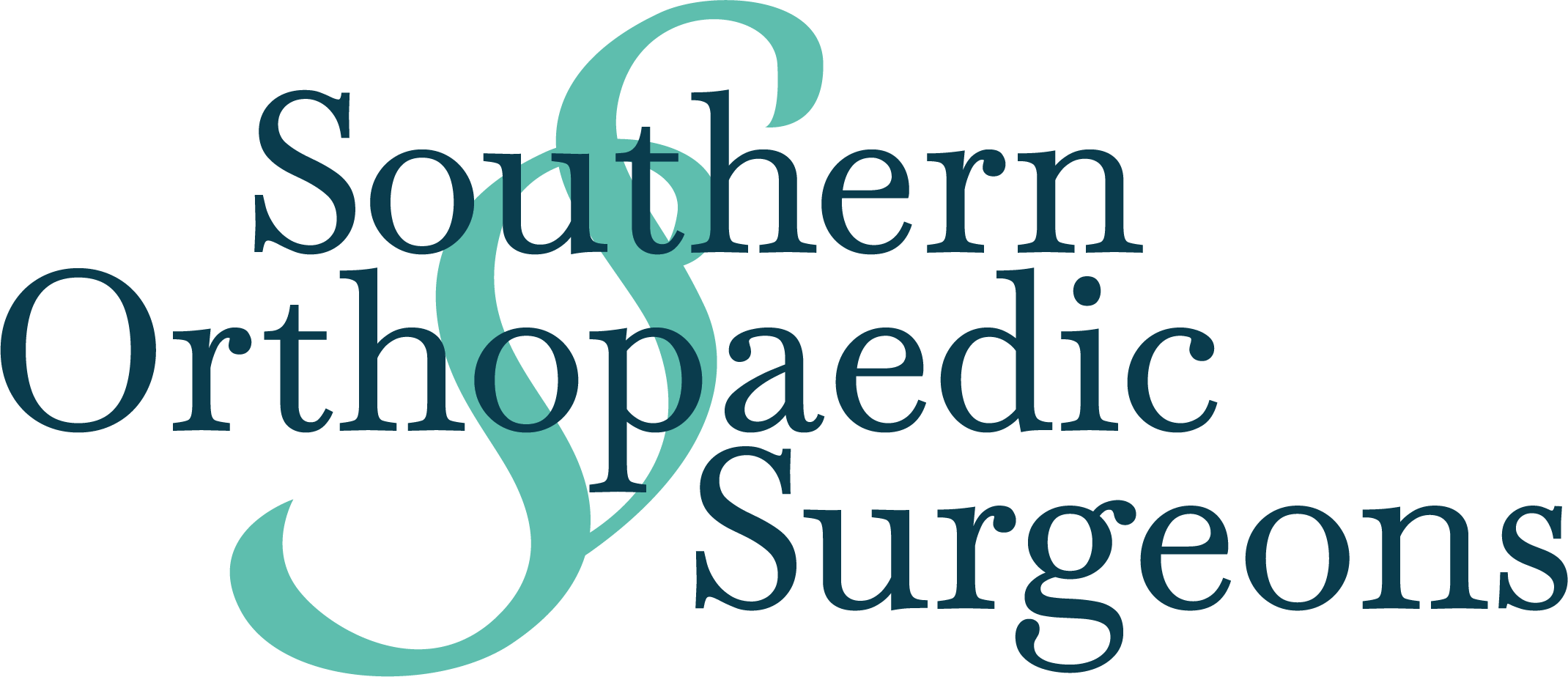Concussion Care for Athletes: What You Need to Know
At Southern Orthopaedic Surgeons, we know how important it is for athletes to stay healthy and safe—on and off the field. Concussions are a common sports injury, and while they’re often called “mild,” they should never be ignored.
A concussion is a type of traumatic brain injury caused by a bump, blow, or jolt to the head—or by a hit to the body that causes the brain to move quickly inside the skull. They’re especially common in contact sports like football, soccer, lacrosse, and hockey, but they can happen in any sport, at any level of play.
Recognizing Concussion Symptoms in Athletes
No two concussions are exactly the same. Symptoms can show up immediately, or they may not appear for hours after the injury. It’s important to recognize the warning signs and stop playing right away if something feels off. Common symptoms include:
- Headache or feeling pressure in the head
- Confusion or feeling “foggy”
- Trouble concentrating or remembering things
- Dizziness or trouble with balance
- Nausea or vomiting
- Sensitivity to light or noise
- Slower reaction times
- Feeling more tired than usual
- Mood changes or irritability
If you notice any of these symptoms after a hit or fall—whether during practice or a game—it’s time to stop and get checked out.
How Our Sports Medicine Team Diagnoses Concussions
Our physicians use a combination of tools and clinical experience to properly evaluate a concussion. Here’s what you can expect during an evaluation:
- Neurological Exam – We check reflexes, coordination, balance, vision, and hearing.
- Cognitive Testing – We assess how well your brain is processing information, including memory and reaction time.
- Sideline Tools – For immediate evaluation, tools like the SCAT5 (Sport Concussion Assessment Tool) can help decide if an athlete should be removed from play.
- Imaging (CT or MRI) – While not always necessary, we may order imaging if there are signs of a more serious injury.
- Observation – In some cases, we may recommend monitoring symptoms overnight.
What Recovery Looks Like After a Concussion
Recovering from a concussion takes time, patience, and guidance from a knowledgeable provider. We follow evidence-based return-to-play protocols to make sure athletes heal completely before getting back in the game.
- Step 1: Initial Rest
The first 24–72 hours should involve both physical and mental rest. That means limiting screen time, schoolwork, and physical activity to help your brain recover. - Step 2: Gradual Return to Activity
Once symptoms begin to improve, we’ll guide you through a gradual, step-by-step return-to-play program tailored to your sport. - Step 3: Pain Management
Acetaminophen (Tylenol) may be used to ease headaches. We’ll help you avoid medications that could increase bleeding risk. - Step 4: Medical Clearance
Before returning to your sport, you must be symptom-free and cleared by a sports medicine provider who understands concussion care.
Sports Concussion Treatment in Montgomery, AL
Southern Orthopaedic Surgeons is proud to support athletes across the River Region. Our sports medicine specialists have the training and experience to diagnose, manage, and treat concussions—so you can recover safely and return stronger.
Whether you play competitively or recreationally, don’t push through a head injury. Let us help you get back to the activities you love, the right way.
Call us today to schedule a sports concussion evaluation at one of our convenient locations.
